The year started on a literal high, as the world’s tallest skyscraper opened for business on Jan. 4, 2010. The Burj Khalifa tower, designed by Skidmore Owings & Merrill, stands at 2,717 feet, more than 160 stories high, with an Armani hotel, offices, and homes all included in the massive structure. The architecture industry has been reeling in recent years, walloped by everything from mortgage meltdowns to the deep-rooted global recession. As the financial crisis has hit home(s), construction has slowed on both residential and commercial projects, leaving architects and builders to come up with creative ways to keep their firms afloat. Here are some of the projects set to open their doors, break ground, or gain attention in 2010.
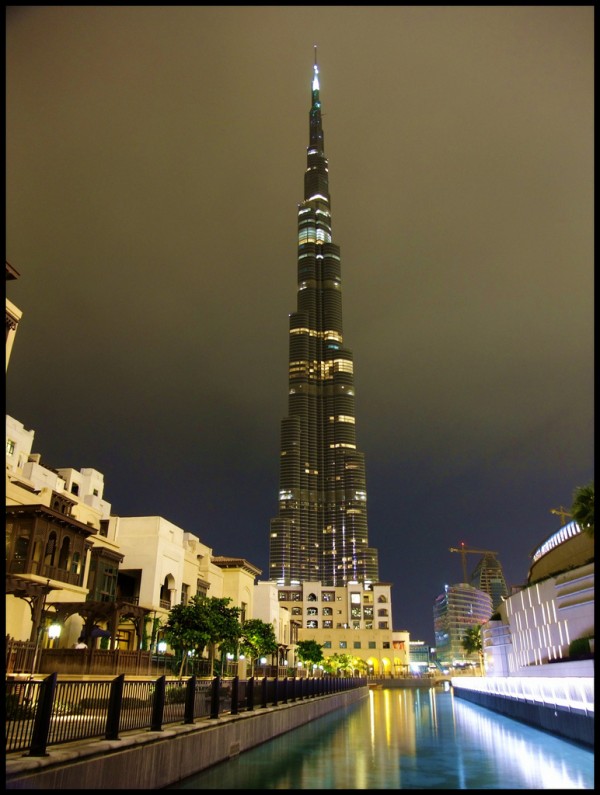
2. Masdar – Abu Dhabi, U.A.E
The Masdar Initiative launched in Abu Dhabi in April 2006. Run by the Abu Dhabi Future Energy Company (ADFEC), with British architecture firm Foster & Partners acting as master planners, Masdar is being advertised as the world’s first zero-carbon city. Ground broke on the ambitious project in 2008 (this image shows the headquarters, designed by the Chicago architecture firm Adrian Smith + Gordon Gill). It’s unlikely to be finished in 2010, but it’s one of the many “eco cities” touted for the Middle East and China that might have any hope of completion.
3. Saadiyat Island – Abu Dhabi, U.A.E
Having bailed out Dubai earlier this year, Abu Dhabi still has cash to build what could be the world’s most ambitious cultural complexes (this artist’s rendering was released in 2007). Saadiyat Island is just 500 meters off the nation’s coast and set to contain museum designs by five winners of the Pritzker Prize (the Oscars of the architecture world.) The Jean Nouvel-designed outpost of the Louvre museum broke ground in 2009.
4. Atlantic Yards – New York, U.S.
This super controversial megadevelopment may yet rise from the dead after years of legal problems compounded by the credit crisis. Original architect Frank Gehry was canned in 2009, in favor of local architecture firm SHoP and San Francisco’s Ellerbe Becket. The $4 billion development is ultimately supposed to incorporate 336,000 square feet of offices and 6.36 million square feet of homes. The Barclays Center, the new home of the New York Nets basketball team, is due to be completed by 2012.
5. Chicago Spire – Chicago, U.S.
Work began on the Chicago Spire in 2007. But what was supposed to be the largest residential tower in America fell apart as the credit crisis hit home. Both developer Garrett Kelleher and architect Santiago Calatrava remain outwardly optimistic that the project may be resurrected. Nonetheless, the Chicago Architecture Club is running a competition for ideas to fill the big round hole in the ground that’s there now.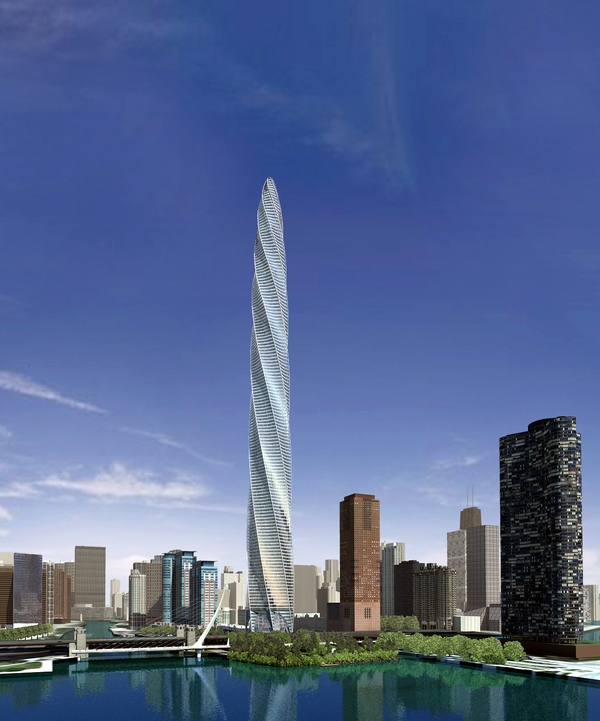
6. Marina Bay Sands – Singapore, Singapore
Singapore isn’t necessarily synonymous with Vegas. The city state is more sterile than high stakes. Nonetheless, the Las Vegas Sands Corp. is set to fling open the doors to an ambitious, $5.5 billion casino/convention complex later this year. Sands CEO Sheldon Adelson describes the jaw-dropping design, by Moshe Safdie, as “a catalyst for the economic future of Singapore,” not to mention the hoped-for salvation of his struggling company. Three 50-story hotel towers are linked by a two acre Sky Park.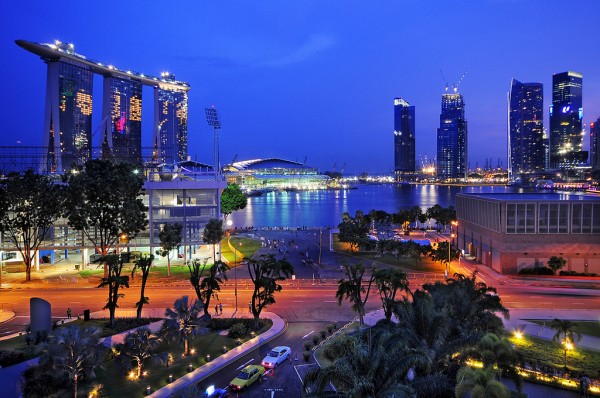
7. Elbphilharmonie – Hamburg, Germany
The new home for the NDR Symphony has turned out to be an ironically extravagant icon for Hafencity, a $10 billion rebuilt port district designed to resist global-warming floods. The undulating tiers of seats in the concert hall, by Swiss duo Herzog and de Meuron, nestle within a brooding 1960s warehouse topped by a swooping glass tent. The cost of the project (which includes a luxe hotel and apartments) has spiraled from $313 million in 2007 to a yet-to-be-determined point north of $500 million. The opening has been delayed two years, to 2012.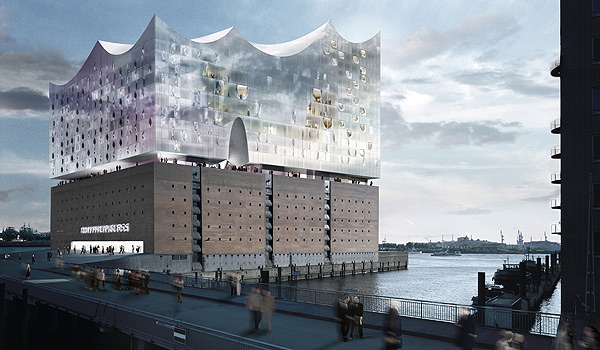
8. The Shard – London, England
Construction began last year on The Shard, London’s only skyscraper to hit the 1,000-foot-tall mark. Proposed almost 20 years ago, it’s something of a miracle that this ambitious mix of offices, hotel, and apartments is rising at all, given the numerous political and economic obstacles to building in London’s historic center. Numerous design revisions by architect Renzo Piano have cost this 87-story pyramid of overlapping glass planes a considerable degree of elegance. Get used to it. Rising from London Bridge, a rail station on the south bank of Thames River, it may dominate the skyline for decades.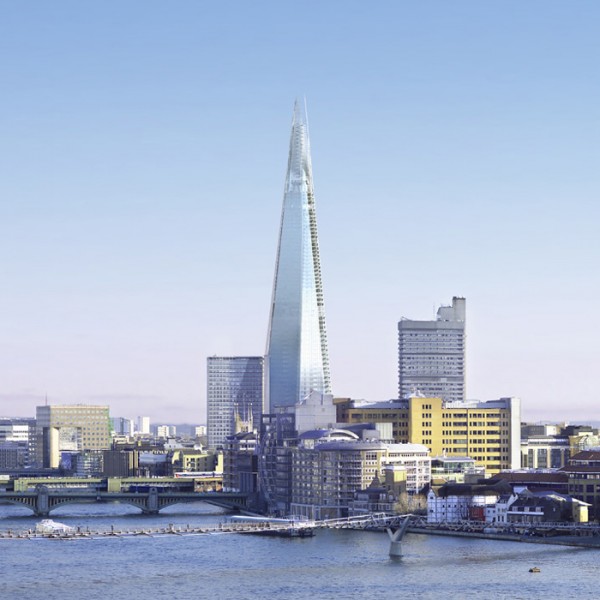
9. Rolex Learning Center – Lausanne, Switzerland
If Salvadori Dali had designed a Swiss student center, it would probably have looked something like this undulating, drooping building/landscape in sheer curving sheets of glass and pristine white surfaces that opened in February. SANAA, its Japanese architect, designed the 289,000-square-foot high-tech art library and a host of other resources for students and faculty at the Swiss Institute of Technology to frame a variety of views of nearby Lake Geneva. The traffic-stopper cost some 110 million Swiss francs (about $102 million). A journalist for the British Observer wrote at the opening, “if you could live inside an iPad, it would look something like this.”
10. CCTV – Beijing, China
Built to coincide with the 2008 Beijing Olympic Games, the sinister donut designed by Dutch architecture firm OMA was started in September 2004 and was supposed to be completed by the end of last year. OMA now says it doesn’t know when the building will open. Its intimidating form increasingly reflects the state television network’s function as China clamps down harder on dissent. One part of the complex, including the Mandarin Oriental hotel, burned down early in 2009. Ole Scheeren, lead architect on the project, is adamant that reconstruction will take place.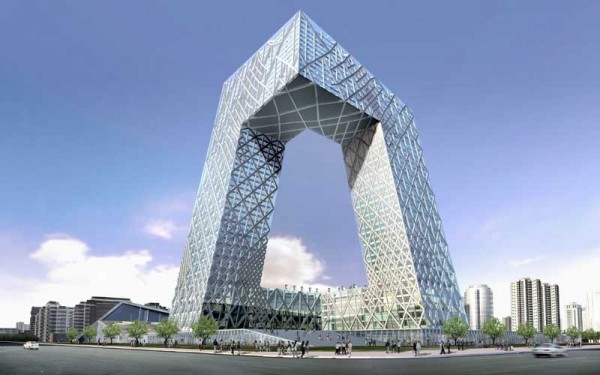
11. Beekman Tower – New York, U.S.
Of celebrity-architect-designed skyscrapers slated for Manhattan, only the Beekman Tower, by Frank Gehry, survived the meltdown. Topped off last year in shining crumpled metal, it almost lost half its 76 stories as its developer, Forest City Ratner, struggled to keep its massive Atlantic Yards development in Brooklyn afloat.
12. Novartis Headquarters – Basel, Switzerland
Daniel Vasella, chairman of Swiss pharmaceutical giant Novartis, remade an obsolete manufacturing complex into a showcase of contemporary architecture and art, including an office building by SANAA that’s so minimalist it seems to consist only of white planes of floor and sheer walls of glass. The centerpiece is a lyrical composition by Frank Gehry that piles tilting curved forms on top of each other.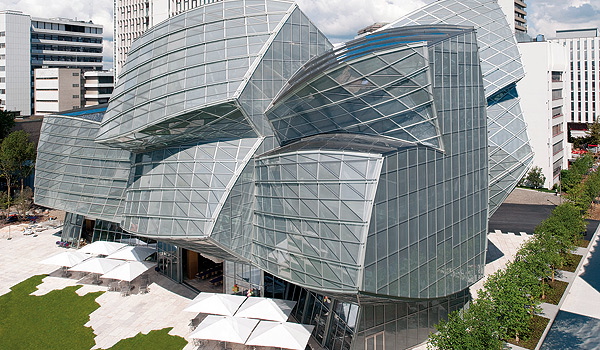
13. Goldman Sachs headquarters – New York, U.S.
Ground was broken on the new headquarters for Goldman Sachs back in November 2005, well before the bank became a focal point for those indignant at Wall Street excesses in the post credit-crisis era. Heavily subsidized by tax breaks, the $2.5 billion building, in downtown Manhattan, rises 43 stories and was designed by Harry Cobb of Pei Cobb Freed & Partners to house six trading floors and 2.1 million square feet of office space. As its 9,000 inhabitants finish moving in, speculation is rife about just how posh Goldman’s trappings are, but the company is not drawing attention to swank these days.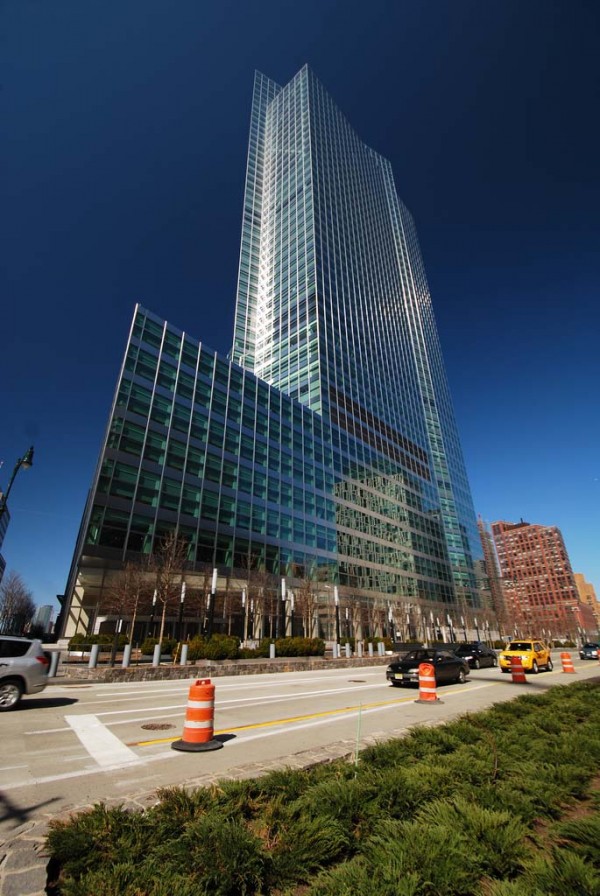
14. Maxxi, The National Museum of 21st Century Art – Rome, Italy
After 11 years of design and construction, curators at Rome’s new 130 million euro (about $175 million) contemporary art museum may now be wondering what art they’ll install—and how they’ll hang it—in Zaha Hadid’s long, tubular gallery spaces, which overlap each other as they zoom around an old army barracks site like a frenzied highway project gone awry. Early viewers can’t seem to get enough of Hadid’s gravity-defying, frozen-motion theatricality, even as pundits declare the end of the era of architectural spectacle.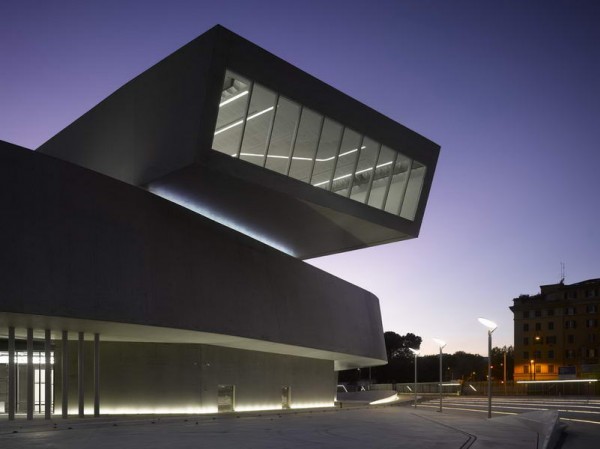



0 comments:
Post a Comment